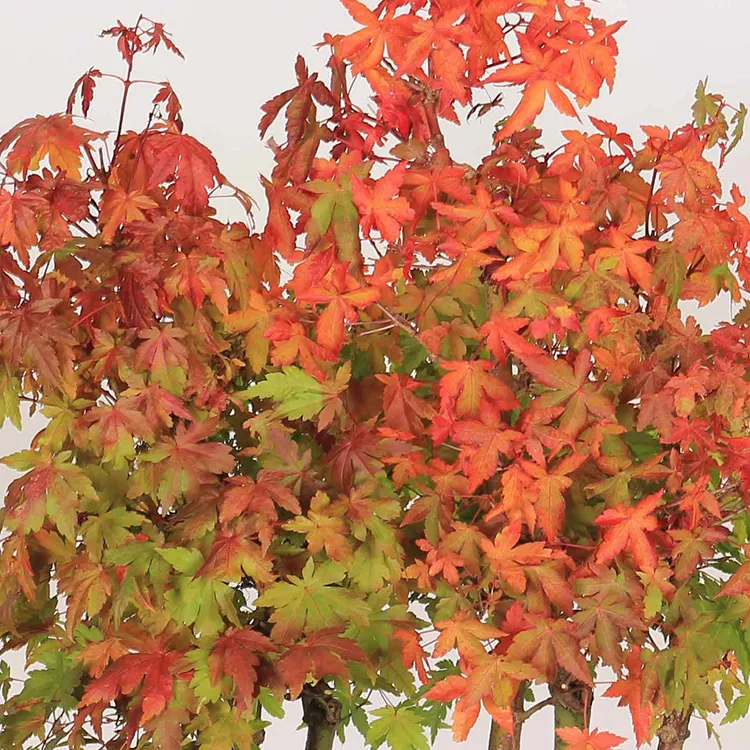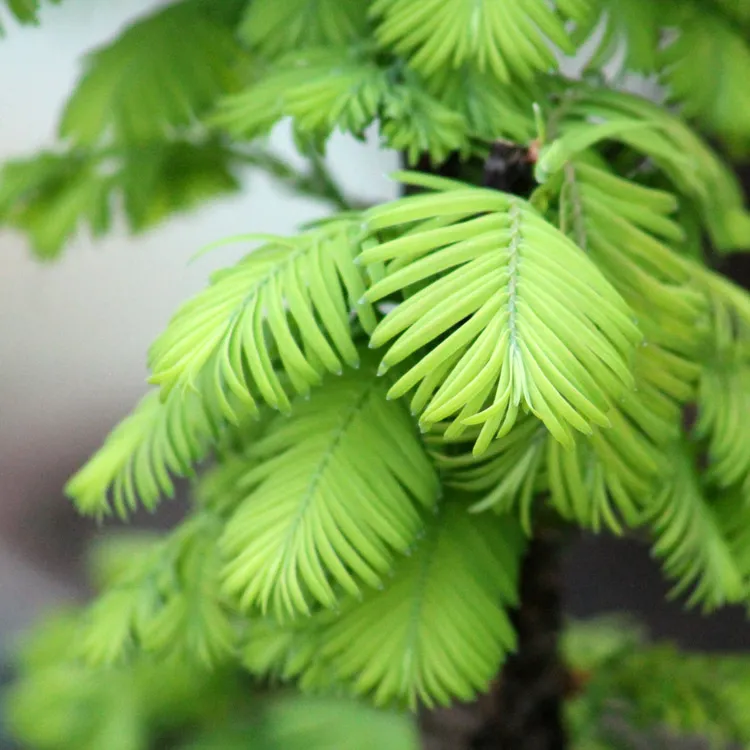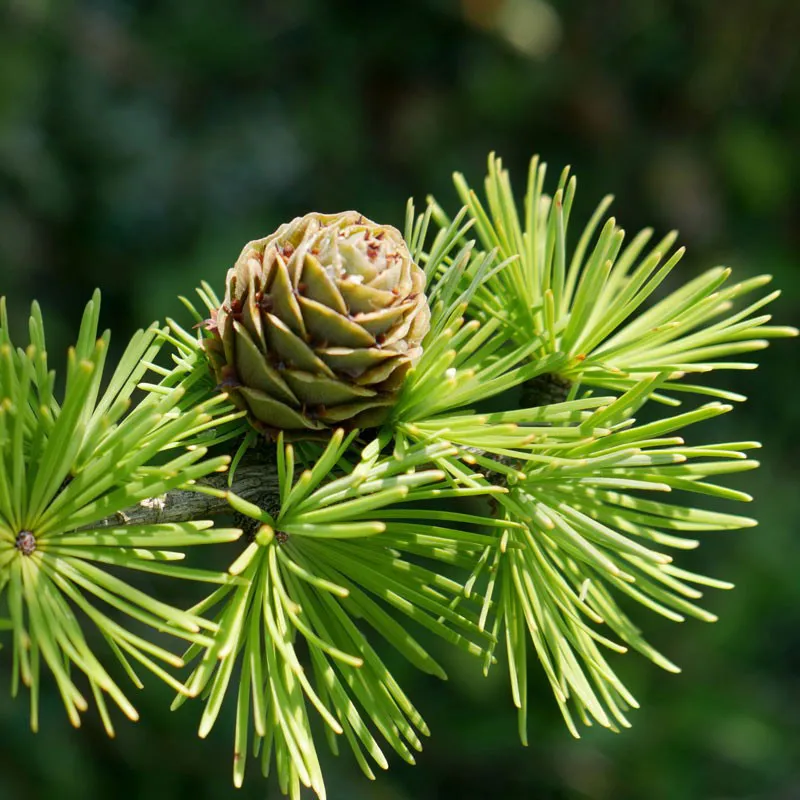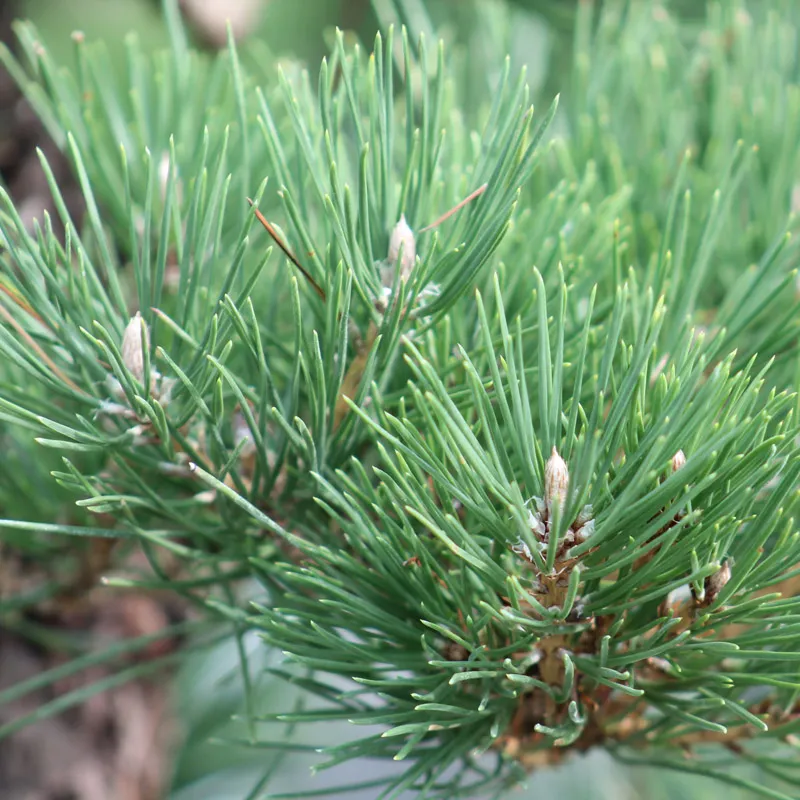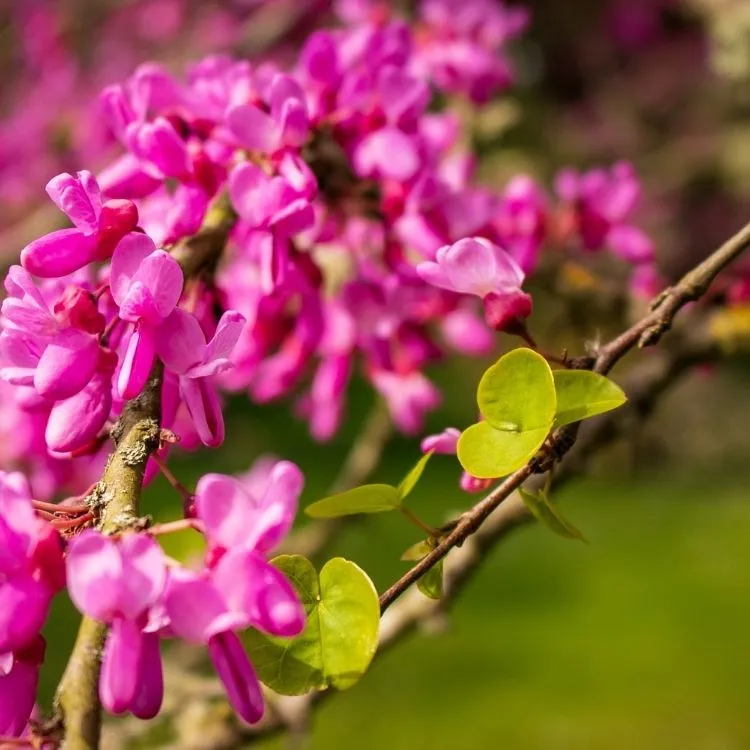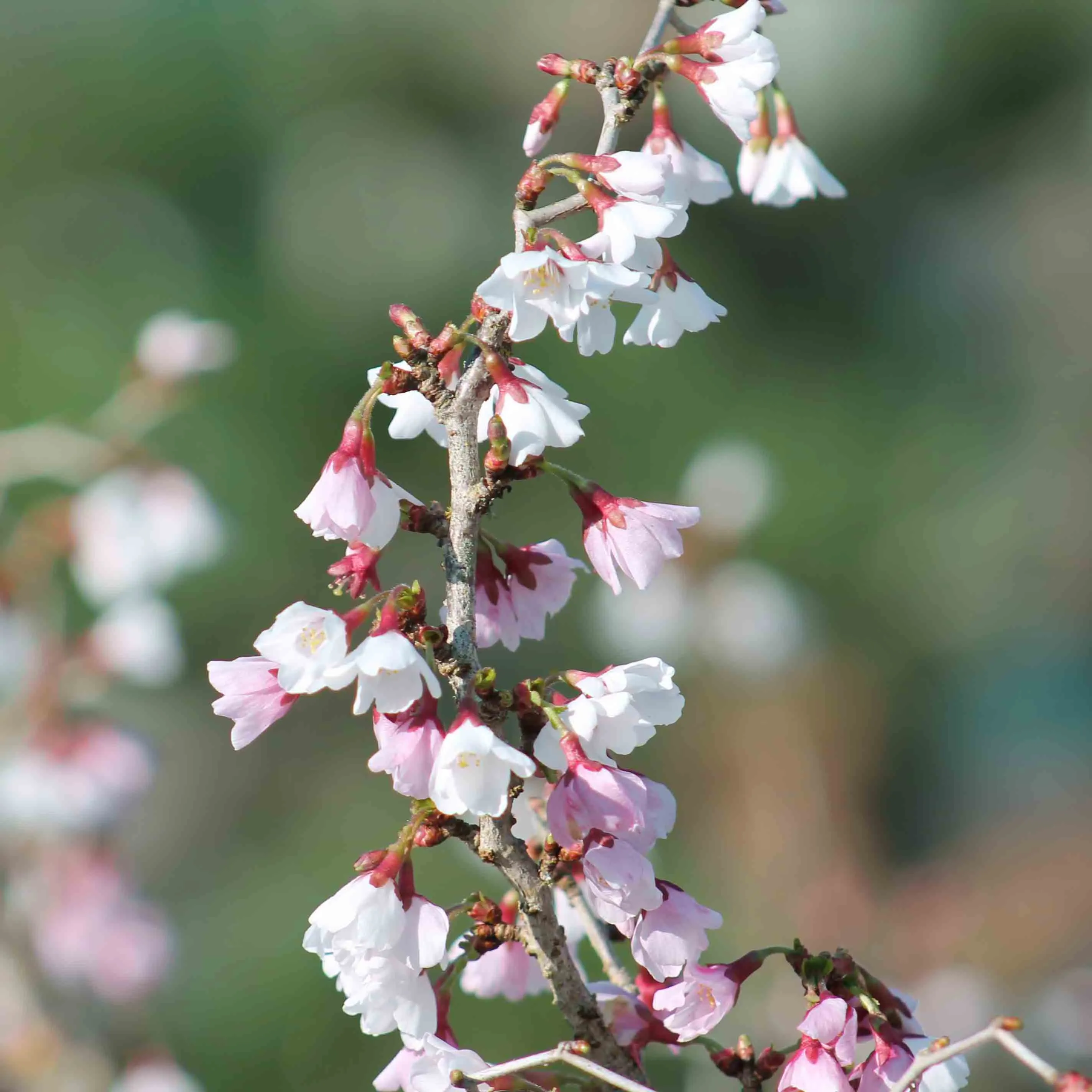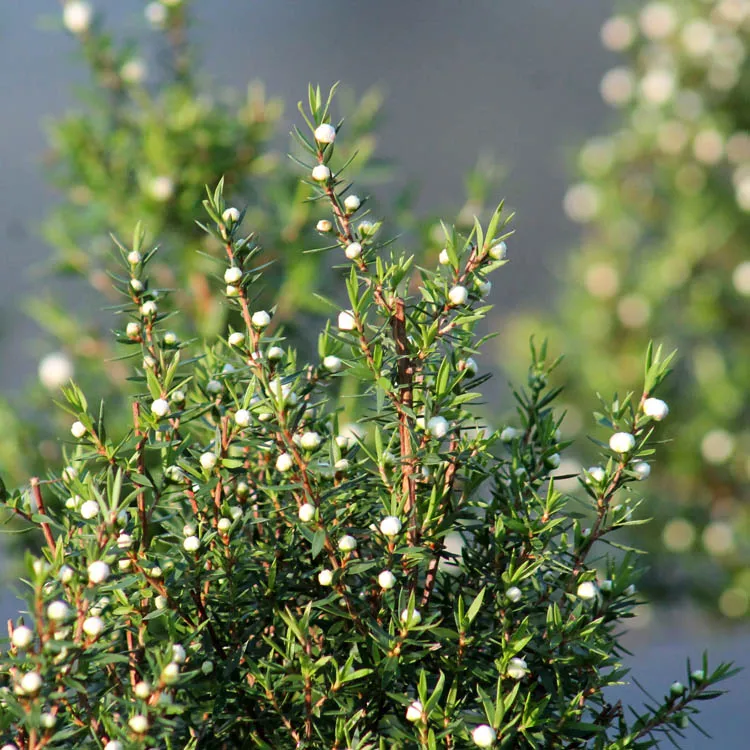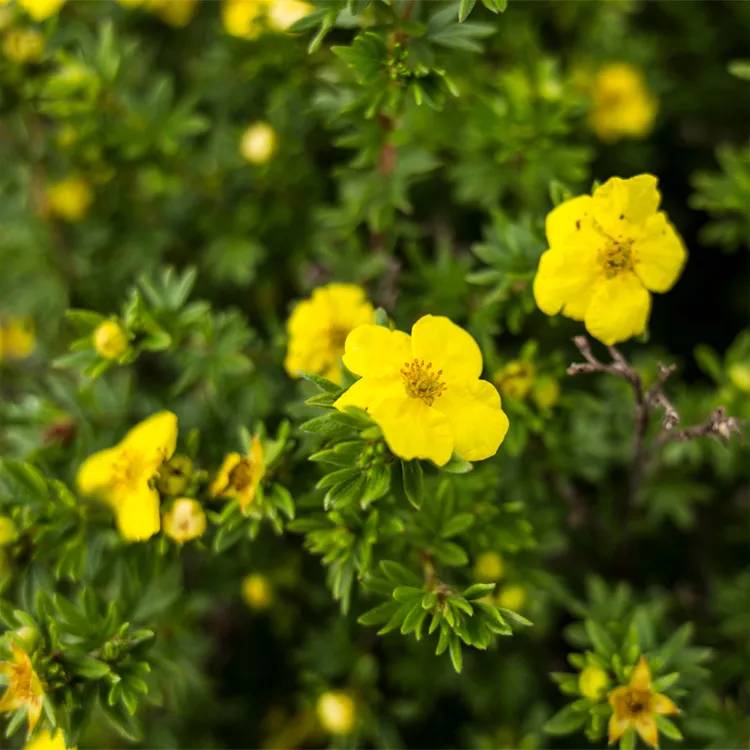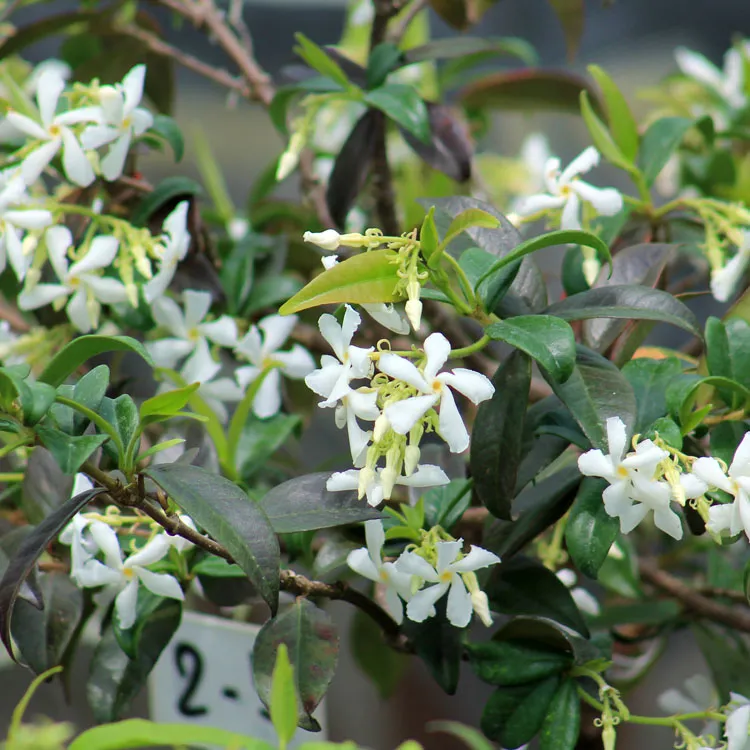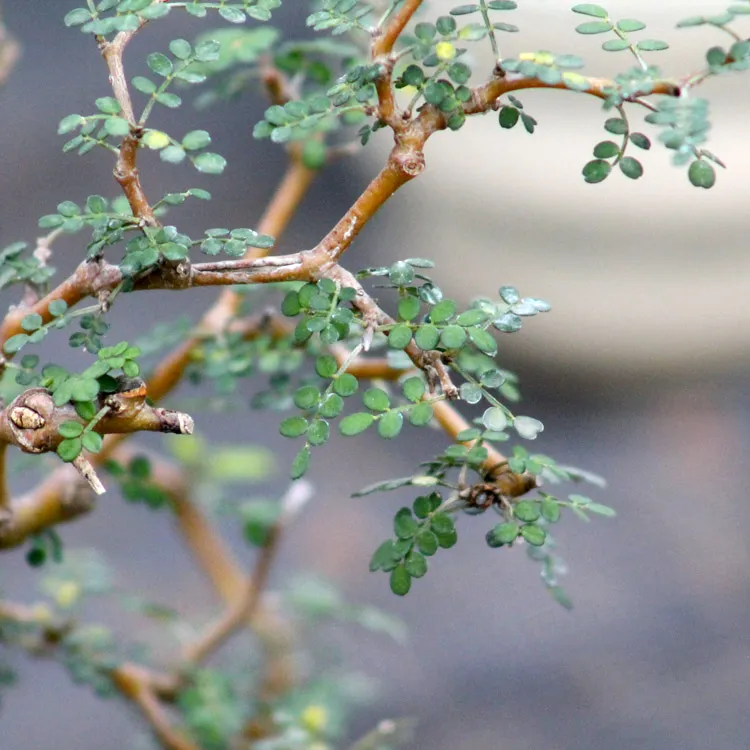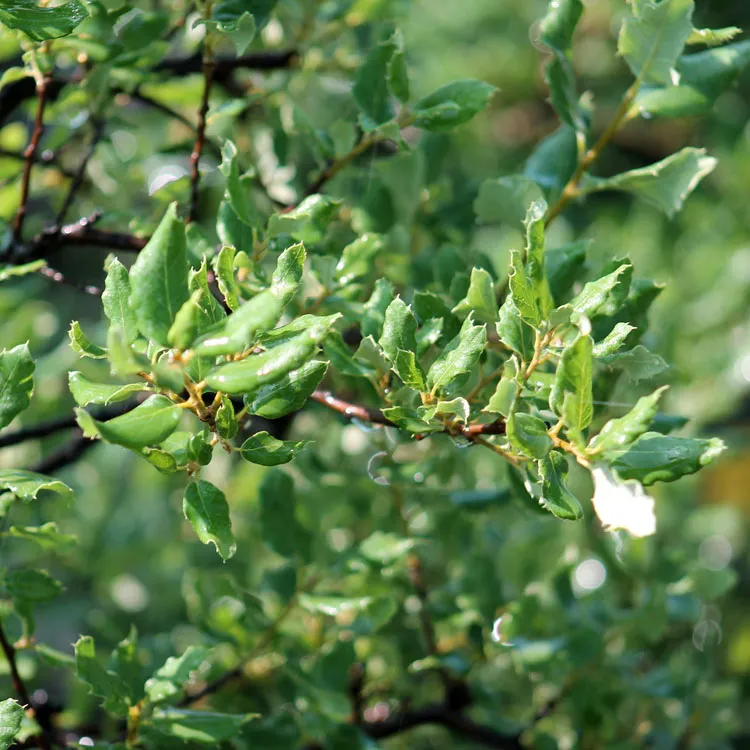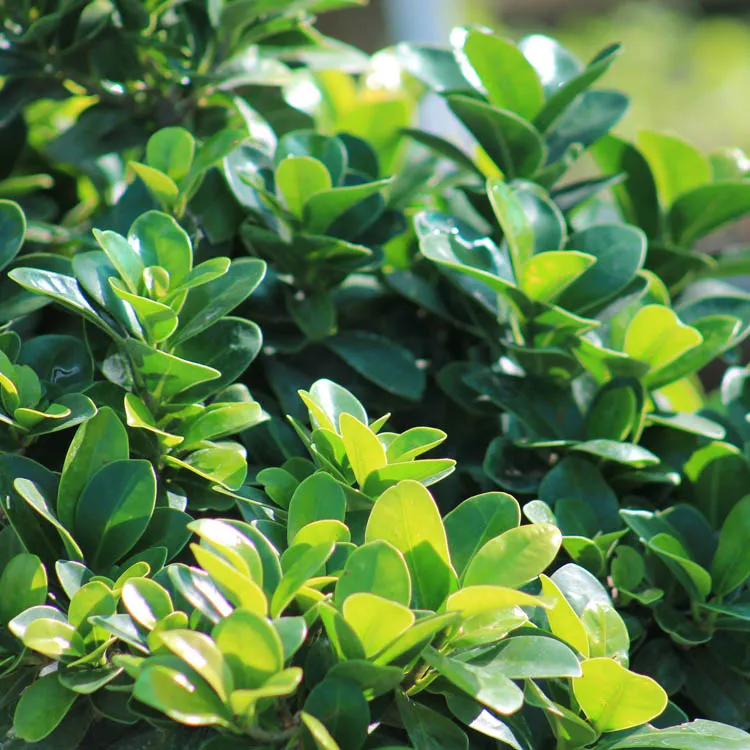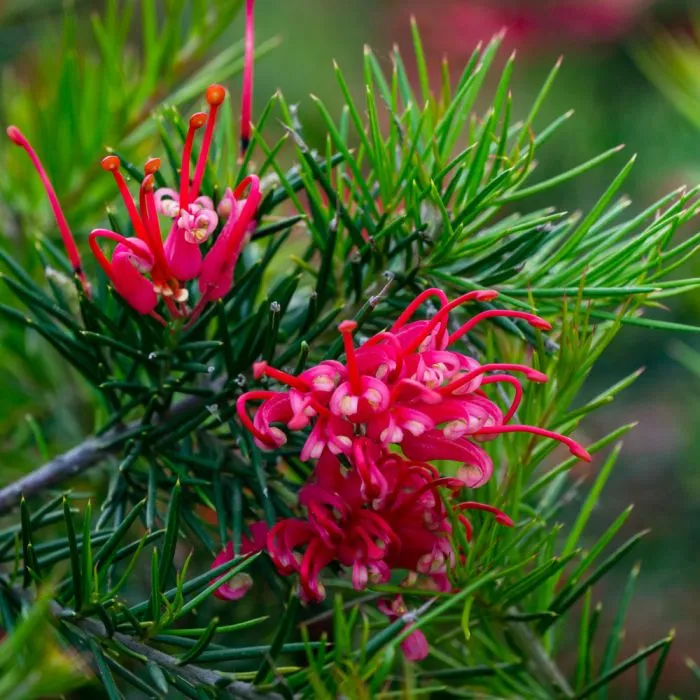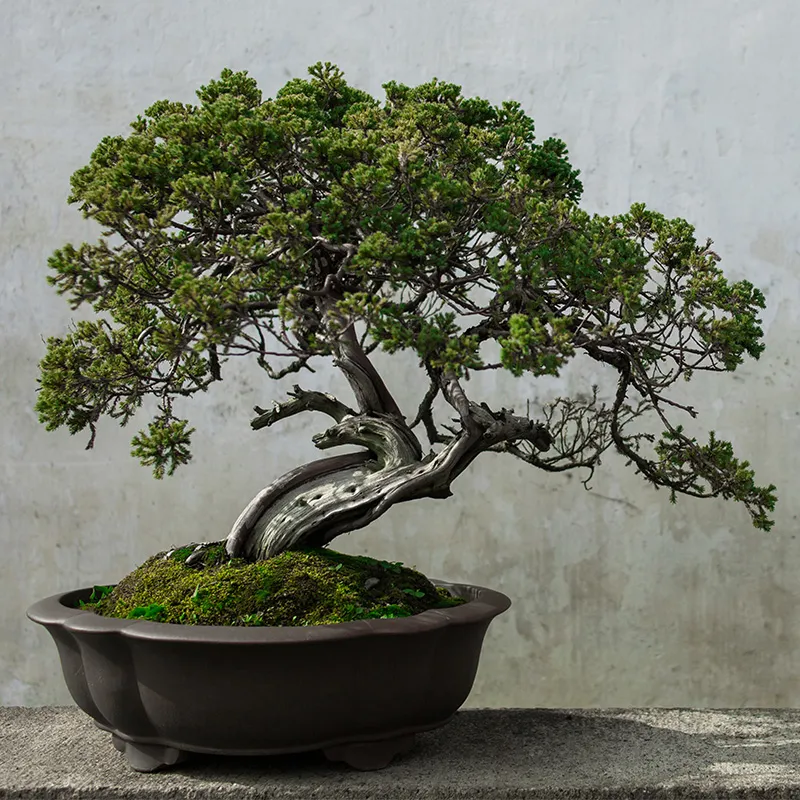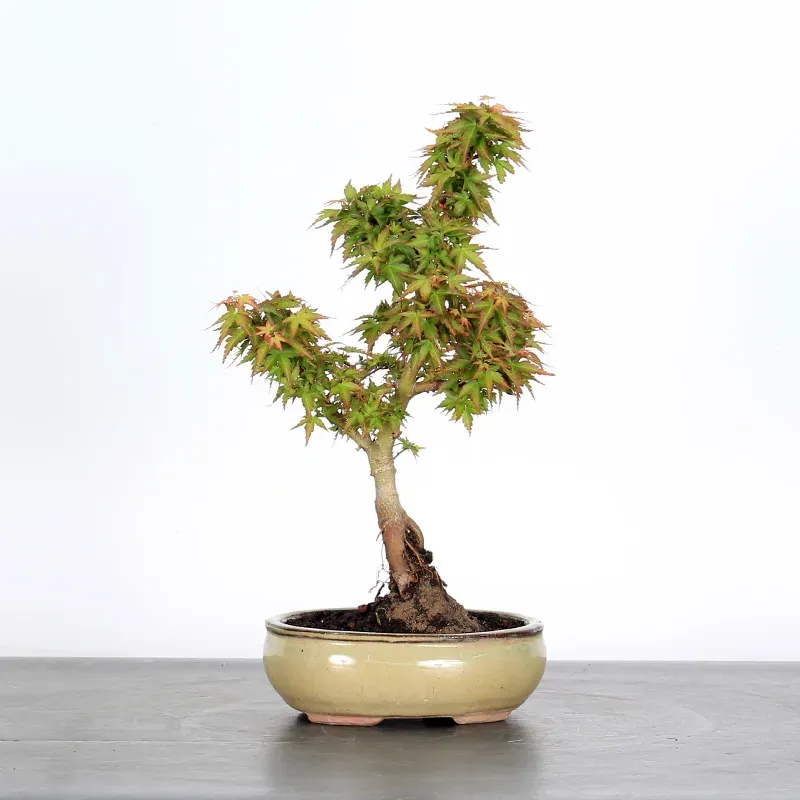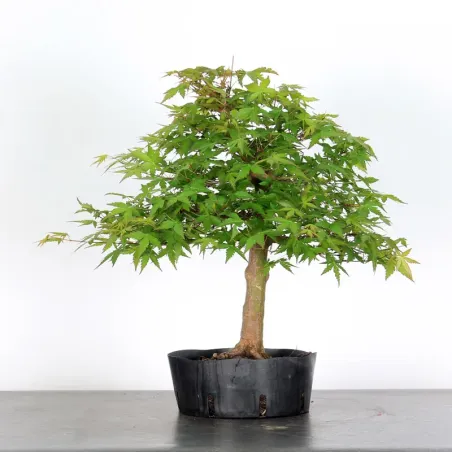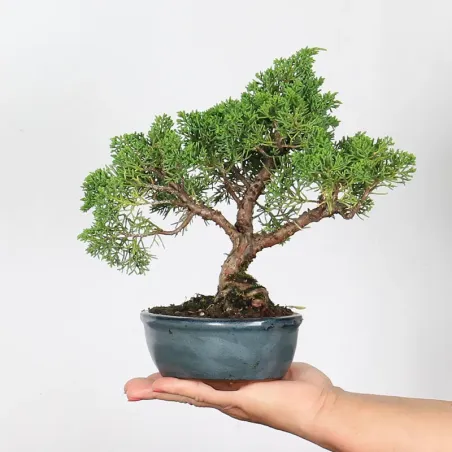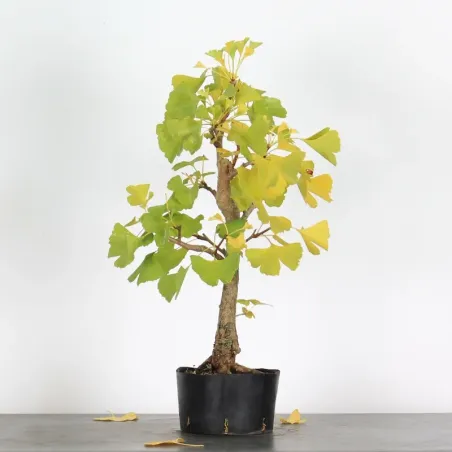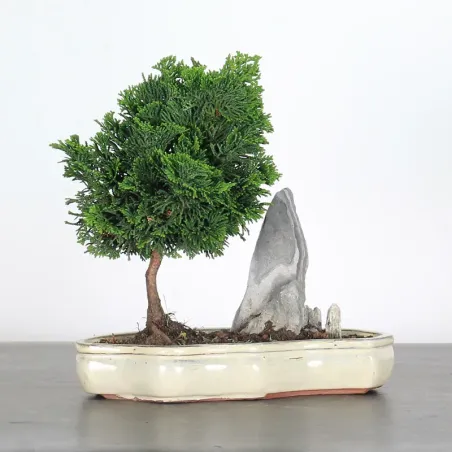Outdoors year-round, the koto himé maple likes a sunny location in the spring and fall to promote branching and develop beautiful colors. In summer, it is more of an eastern exposure, with sun in the morning and shade in the afternoon, to be protected from the wind. Indeed, it is an undergrowth tree that does not appreciate the scorching summer sun. When temperatures are below zero, protect the pot to prevent the roots from freezing.
Bloc lien header
 English
en
English
en
Bonsai
Bonsai acer palmatum koto himé 1-2
Data sheet
Year-round outdoor bonsai
The Koto Hime maple, Acer Palmatum Koto Himé has the peculiarity of naturally making small leaves, which makes it an excellent variety to grow as a bonsai. We have been growing it in the ground for years to offer you quality and beautiful sizes.
- Photos taken in april 2025
- Origin: Japan, Korea, China
Waist
34 cm
Location
Outside
Age
8 years
Foliage
Deciduous
Height
Entre 25 et 40 cm
More information
Other features:
+ Pink foliage in spring, green in summer. In autumn, it turns light yellow and orange-red.
+ Seedlings grown in the ground and then in pots
Share
Cultivation Advice

 Production of French Bonsai
Production of French Bonsai


